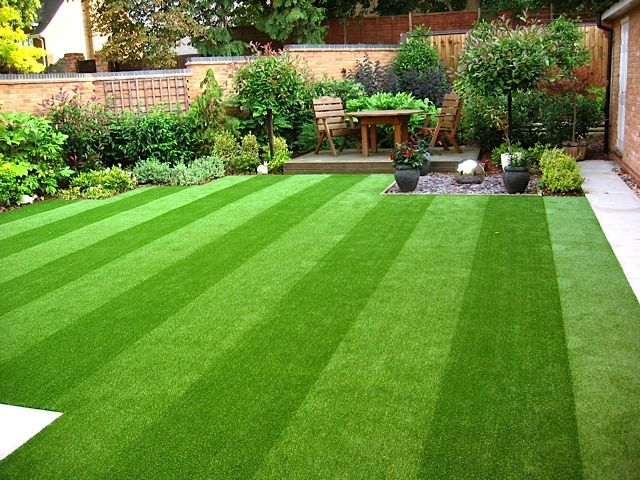Good looking grass is very high-maintenance, and demands frequent cutting, trimming, weed-removal, and watering. All of these leave a negative impact on your local ecosystem- on the plus side, artificial grass can offer a simple solution. With a small amount of maintenance needed, there is no longer the need for harsh artificial sprays and fossil-fuel-reliant grass mowers. Synthetic turf continues to appear high-quality for as long as 20 years and so you can rest and put your feet up with the knowledge that the backyard that you choose to trust young kids and/or household pets to have fun in, will remain contaminant-free.
Lowers Water Usage
In an effort to manage regular grass regular watering is important, particularly through Summertime, and this substantial water usage has damaging impacts on our environment. One of the benefits of artificial grass is that very little watering is required to ensure that it stays looking good. Artificial grass does not dry up or die-off with the scorching heat like regular grass, thus with companies like, there is no need to waste valuable water on grass.
Saving resources like water has grown to be more valuable and really should factor into your choice of grass. Synthetic grass is only going to demand hosing down if dust or dirt has to be cleaned up and removed, and typically a small amount of rain will complete this task on your behalf!
This excellent website www.artificialgrassmaintenance.co.uk provides extensive more info on the main topic of how do you maintain artificial grass.
Minimizes Greenhouse Gas Pollution
If cutting your carbon foot print is important to you then synthetic turf is definitely the route to take. The low maintenance that it requires means that very little equipment is needed- no mowers, grass trimmers, or scarifiers needed, which all use non-renewable fuels. Artificial grass remains clipped and weedless from the second it is installed, and this means you don’t need to rely upon any kind of harmful lawn mowers or cutters.
Not using all these devices will decrease your petroleum and diesel usage, and consequently cut down greenhouse gas emissions.
No Need For Harsh Chemicals
Grass demands the use of fertilisers, pesticides, and other harsh chemicals to kill weeds and to keep your grass looking fresh. In addition to being made from materials such as fossil fuels (further increasing greenhouse gas emissions), you can run the risk of your grass becoming toxic. This creates a dangerous environment, especially for pets and children.
Safeguards Local Marine Life
Another harmful aftereffect of applying harsh chemical products on grass lawns is perilous toxic run-off that happens when it rains. The rainwater carries the harmful chemicals that are upon the grass across surfaces and can even wind up in nearby aquatic systems, like ponds and streams, in some cases wiping out the marine life. Excessive levels of toxic chemical substances running into aquatic habitats can also lead to algal blooms, which in turn significantly diminishes the oxygen levels within the water. The marine life may then become ill and/or die, resulting in a population decline, and reducing regional biodiversity.
Oftentimes these agal blooms can also become dangerous to humans given that they bring about bacteria growth and amplified toxin concentrations in water. This could certainly cause individuals to become sick when they encounter the polluted water, through either having the contaminated water or consuming contaminated fish.
Artificial turf does not have any demand for any harmful chemicals and provides an alternative to the damaging impacts of looking after regular grass.

